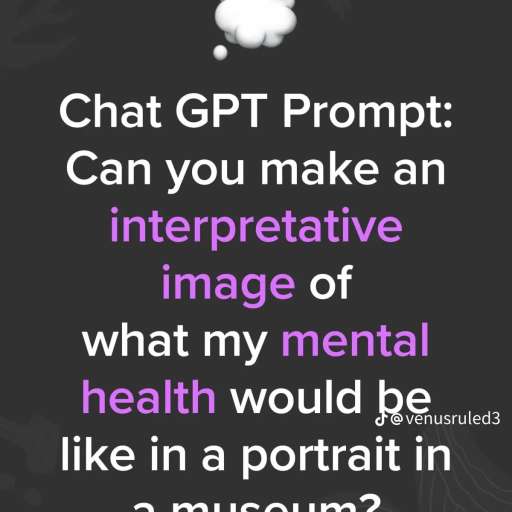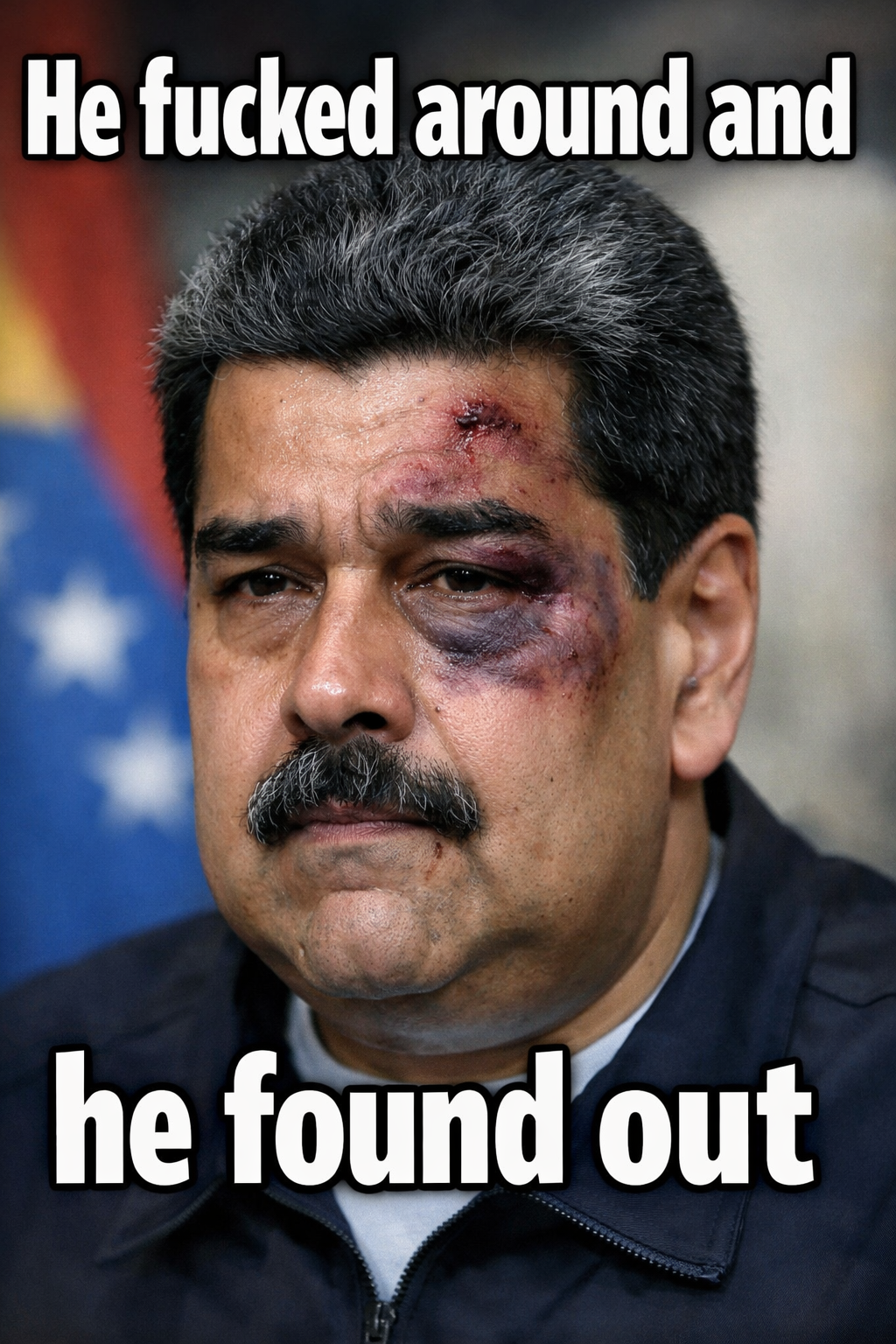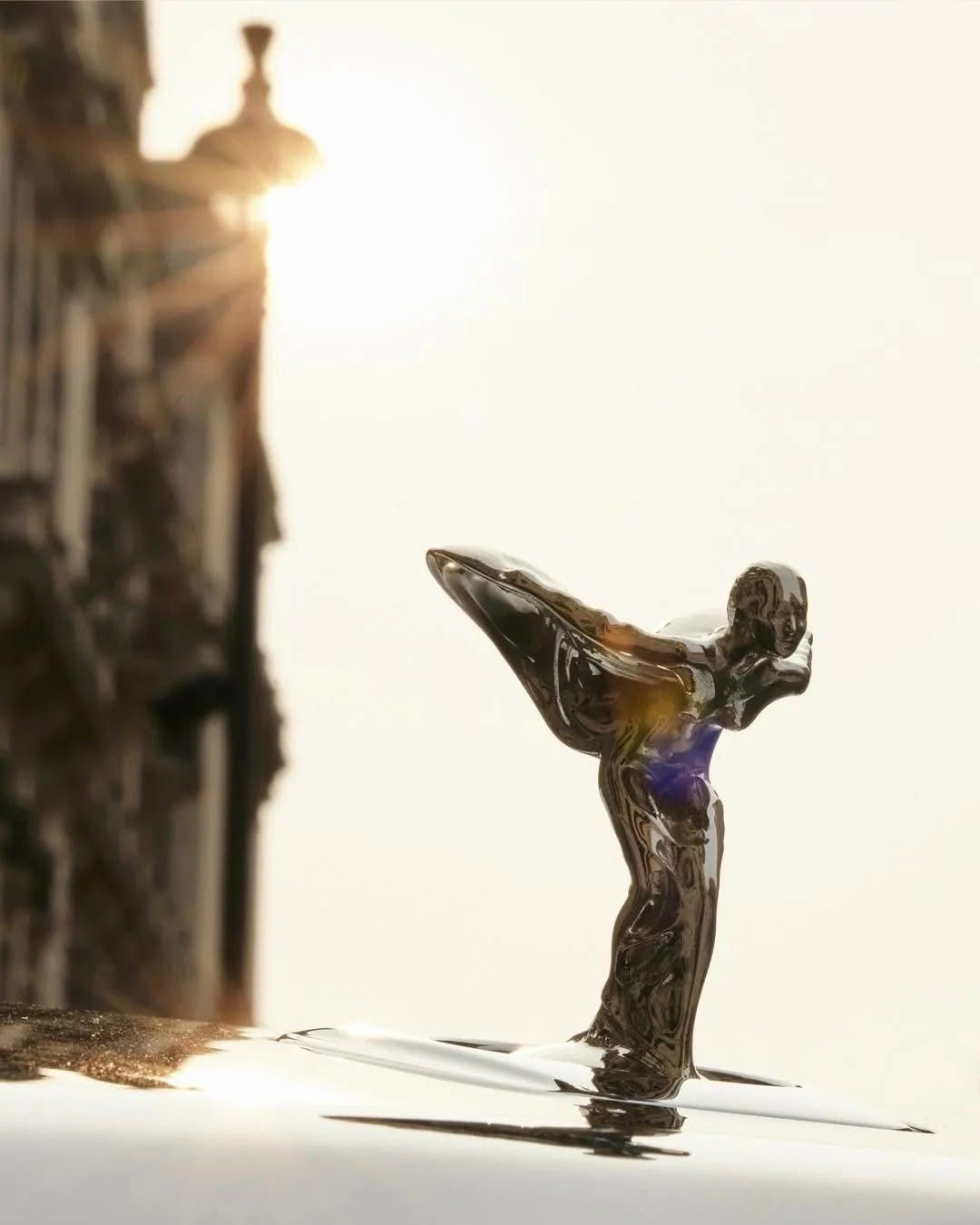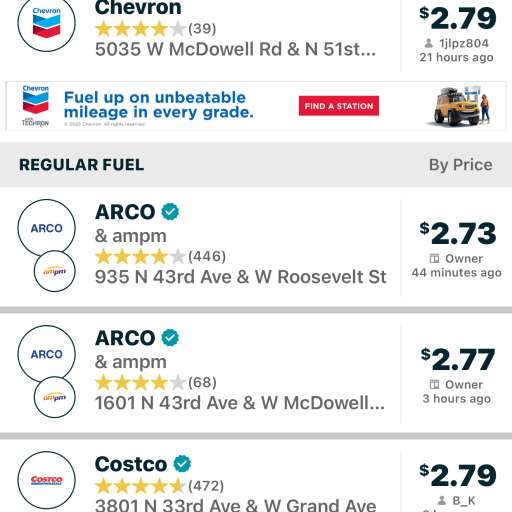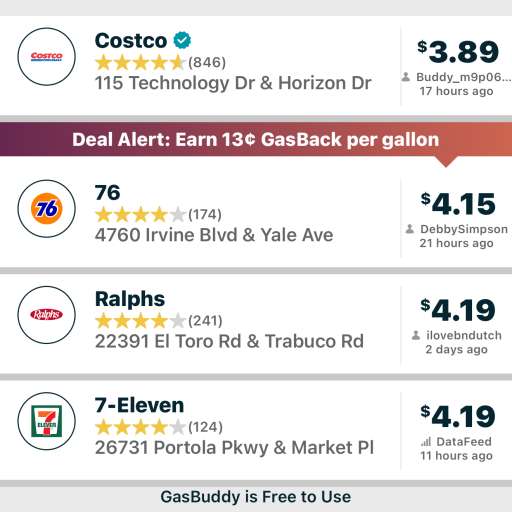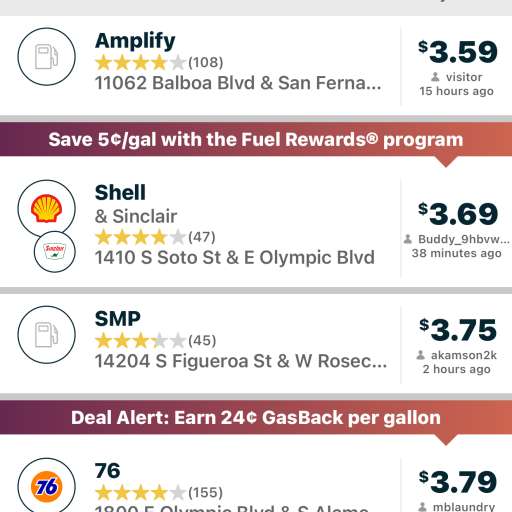10 hours ago
It’s funny how people say that President Trump tried to rig the election win Joe Biden actually rigged the election and succeeded just like Madeira did three times.
The hypocrisy is fucking hilarious
The hypocrisy is fucking hilarious
21 hours ago
The next 3 to 6 months are going to be very interesting to see what happens in the western hemisphere
4 days ago
Let last night‘s actions, be a big warning to the Mexican cartels, and any other cartel in the world.
You are not safe at all.
You are not safe at all.
5 days ago
Some people have absolutely have lost their common sense when it comes to politics. These people are bad shit fucking crazy. Most of them are radicalized, but some of them are. It’s fucking just crazy pure craziness.
You can never get your point across because they always have a negative rebuttal and think that you’re always wrong and they’re always right. When in fact, all they listen to is the mainstream media and end up believing all of it.
Like I understand people don’t trust the government. I totally get that but have some common sense just for how things work and learn history. History will in fact teach you about what’s happening today because this has been done before.
It’s not rocket science.
You can never get your point across because they always have a negative rebuttal and think that you’re always wrong and they’re always right. When in fact, all they listen to is the mainstream media and end up believing all of it.
Like I understand people don’t trust the government. I totally get that but have some common sense just for how things work and learn history. History will in fact teach you about what’s happening today because this has been done before.
It’s not rocket science.
5 days ago
America is 250 (Two Hundred and Fifty) years old.
We are living in exciting times – a moment that only comes once. Embrace it, celebrate it, and share it with others.
Stay positive my friends.
We are living in exciting times – a moment that only comes once. Embrace it, celebrate it, and share it with others.
Stay positive my friends.
7 days ago
For those seriously considering killing themselves, need to really understand what it means by doing so.
This is one decision that you cannot come back from. This is not wishy-washy. Oh I wanna come back cause I made a mistake bullshit.
If you decide to do it, you cannot come back. There is no way to come back from death.
One way to combat this is to start thinking positive and thinking about the gratitude that you have for being alive. Sure times can get tough, but there’s nothing like being positive and smiling and having fun cause that’s really what it’s all about.
All you need to do is think of one thing that makes you happy and stick onto that for dear life. It’s going to be the one thing that saves your life.
This is one decision that you cannot come back from. This is not wishy-washy. Oh I wanna come back cause I made a mistake bullshit.
If you decide to do it, you cannot come back. There is no way to come back from death.
One way to combat this is to start thinking positive and thinking about the gratitude that you have for being alive. Sure times can get tough, but there’s nothing like being positive and smiling and having fun cause that’s really what it’s all about.
All you need to do is think of one thing that makes you happy and stick onto that for dear life. It’s going to be the one thing that saves your life.
7 days ago
(E)
Don't hire anyone unless they do this step by step...so you know they follow instruction...
https://drewjon.es
The 10-Goal Exercise
Prepare your paper: Take a clean sheet of paper and write "goals" along with today's date.
List ten goals: Write down 10 things you want to accomplish within the next 12 months.
Use the present tense: Write each goal as if it is already happening (e.g., "I earn," "I achieve," "I drive").
Identify the "Magic Wand" goal: Ask yourself which single goal, if achieved within 24 hours, would have the greatest positive impact on your life.
Select your primary focus: Circle that specific goal and transfer it to a new, clean sheet of paper.
--------------------------------------
The 7 Steps to Achievement
Once you have identified your primary goal, follow these seven steps to ensure its completion:
Write it down: Clearly define the goal on paper.
Set a deadline: Establish a specific timeframe for completion.
Identify requirements: Make a comprehensive list of everything you must do to accomplish the goal.
Create a checklist: Organize your list into a structured, actionable plan.
Take action: Begin working on your plan immediately.
Maintain daily momentum: Do something every single day that moves you closer to the goal.
Persist: Understand that your own self-discipline is the only thing that can stop you.
https://drewjon.es
The 10-Goal Exercise
Prepare your paper: Take a clean sheet of paper and write "goals" along with today's date.
List ten goals: Write down 10 things you want to accomplish within the next 12 months.
Use the present tense: Write each goal as if it is already happening (e.g., "I earn," "I achieve," "I drive").
Identify the "Magic Wand" goal: Ask yourself which single goal, if achieved within 24 hours, would have the greatest positive impact on your life.
Select your primary focus: Circle that specific goal and transfer it to a new, clean sheet of paper.
--------------------------------------
The 7 Steps to Achievement
Once you have identified your primary goal, follow these seven steps to ensure its completion:
Write it down: Clearly define the goal on paper.
Set a deadline: Establish a specific timeframe for completion.
Identify requirements: Make a comprehensive list of everything you must do to accomplish the goal.
Create a checklist: Organize your list into a structured, actionable plan.
Take action: Begin working on your plan immediately.
Maintain daily momentum: Do something every single day that moves you closer to the goal.
Persist: Understand that your own self-discipline is the only thing that can stop you.
7 days ago
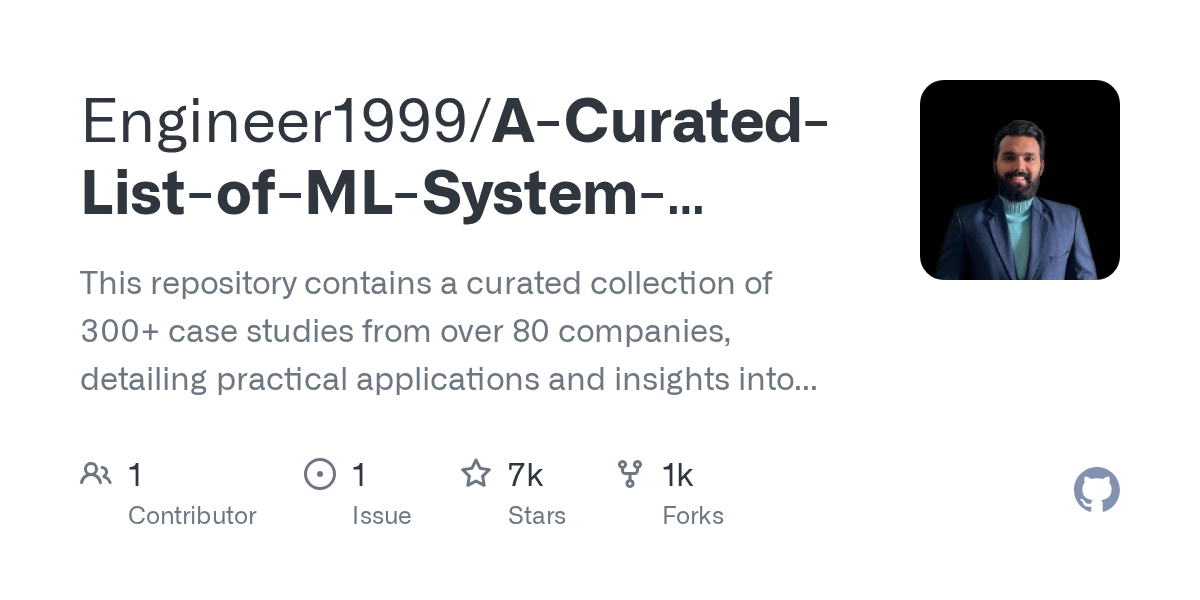
GitHub - Engineer1999/A-Curated-List-of-ML-System-Design-Case-Studies: This repository contains a curated collection of 300+ case studies from over 80 companies..
This repository contains a curated collection of 300+ case studies from over 80 companies, detailing practical applications and insights into machine learning (ML) system design. The contents are organized to help you easily find relevant case studies based on industry or specific ML use cases. - G..
https://github.com/Engineer1999/A-Curated-List-of-ML-System-Design-Case-Studies
8 days ago
All ai is going to max out at is creating automated agents that act as your employees within a company.
You tell it what to do and it does it without needing any help from you.
one of the examples of an agent prompt might be...
"Create a tik tok type site with the short video create users create music And release it if for any reason it does not go viral within the hour Make changes until it is viral."
This will create the app release it then will make changes until the app goes viral then stick with what worked. enviro might mean a hundred thousand views or 100 million views. you have to specify what it is you are looking for.
It will do exactly what you tell it to do without asking you for anything until it gives you the result you want.
In the ai world...this is goal based but its also called Artificial Intelligence where the agent does not need human interaction to output the end goal.
When human interaction is needed that is called "Augmented Intelligence" like the chatgpt's and so on.
This is the future of AI which is not all that far off.
BTW Agents are creating other agents for different things then integrating what the other agents learn or do into the original agents context...this is how the AGI that you hear about all the time works, work.
It is fascinating af to see this in action.
I am just waiting for when I can download 100 books to my brain then read it in 5 minutes and i remember all of it.
We are not to far off from this either.
You tell it what to do and it does it without needing any help from you.
one of the examples of an agent prompt might be...
"Create a tik tok type site with the short video create users create music And release it if for any reason it does not go viral within the hour Make changes until it is viral."
This will create the app release it then will make changes until the app goes viral then stick with what worked. enviro might mean a hundred thousand views or 100 million views. you have to specify what it is you are looking for.
It will do exactly what you tell it to do without asking you for anything until it gives you the result you want.
In the ai world...this is goal based but its also called Artificial Intelligence where the agent does not need human interaction to output the end goal.
When human interaction is needed that is called "Augmented Intelligence" like the chatgpt's and so on.
This is the future of AI which is not all that far off.
BTW Agents are creating other agents for different things then integrating what the other agents learn or do into the original agents context...this is how the AGI that you hear about all the time works, work.
It is fascinating af to see this in action.
I am just waiting for when I can download 100 books to my brain then read it in 5 minutes and i remember all of it.
We are not to far off from this either.
8 days ago
ChatGPT for context + brainstorming
Claude for coding + long docs
Perplexity for research with sources
Gemini for huge PDFs
DeepSeek for math/logic
Copilot for boilerplate
Midjourney for visuals
NotebookLM for learning dense material
Claude for coding + long docs
Perplexity for research with sources
Gemini for huge PDFs
DeepSeek for math/logic
Copilot for boilerplate
Midjourney for visuals
NotebookLM for learning dense material
9 days ago
I encourage learning blackhat methods. It helps you grow.
Never shy away from a valuable learning opportunity.
Never shy away from a valuable learning opportunity.
9 days ago
(E)
I love building sites, apps from scratch.
Over the weekend I developed this with aistudio then imported it over to a docker container just to see if it can be done. Well got damned, it worked.
If I can develop programs with aistudio or any other no code platform without having to pay for their api access or even their bullshit usage fees, the better. I can create the api access I need when I need it.
https://crash.drewjones.co...
This is really a simple game, I added a few things to the leaderboard but really easy simple game with play money but I got inspired and made something old n outdated to something new and it looks happenin even though the action is completely fake but a man can dream, right?
Another thing I am working on is I got a part of instagrams database few years ago and I started thinking to myself...how can i search this correctly.
The files were xlsx and needed to convert over to csv. These files are huge btw. I originally had a script to search the information directly from the csv files. Well that takes too long. I originally was going to create a paid api for people to access but the results were coming in to slow and with a good server load, it would crash the server.
So this morning I woke up and said lets import the data to a database and through cleaning the csv files to get ready for import because of language text n so on I did it. It did crash my database server for 20 minutes after the import but wahlah. With a few tweaks I will be able to search ig data like you would search google. Quick n easy.
Once I do a few test runs I will create and api then test the api with postman to make sure it works as it should. I love postman alot. To the point without any bs. If it works...it works...if it doesn't...it will tell you. This is exactly how I operate.
Oh and another thing I learned about https://exa.ai and I love how the results are given back to me. Straight n to the point. No bs or anything.
You should seriously check em out.
Happy new year and let's roll, nerds.
Over the weekend I developed this with aistudio then imported it over to a docker container just to see if it can be done. Well got damned, it worked.
If I can develop programs with aistudio or any other no code platform without having to pay for their api access or even their bullshit usage fees, the better. I can create the api access I need when I need it.
https://crash.drewjones.co...
This is really a simple game, I added a few things to the leaderboard but really easy simple game with play money but I got inspired and made something old n outdated to something new and it looks happenin even though the action is completely fake but a man can dream, right?
Another thing I am working on is I got a part of instagrams database few years ago and I started thinking to myself...how can i search this correctly.
The files were xlsx and needed to convert over to csv. These files are huge btw. I originally had a script to search the information directly from the csv files. Well that takes too long. I originally was going to create a paid api for people to access but the results were coming in to slow and with a good server load, it would crash the server.
So this morning I woke up and said lets import the data to a database and through cleaning the csv files to get ready for import because of language text n so on I did it. It did crash my database server for 20 minutes after the import but wahlah. With a few tweaks I will be able to search ig data like you would search google. Quick n easy.
Once I do a few test runs I will create and api then test the api with postman to make sure it works as it should. I love postman alot. To the point without any bs. If it works...it works...if it doesn't...it will tell you. This is exactly how I operate.
Oh and another thing I learned about https://exa.ai and I love how the results are given back to me. Straight n to the point. No bs or anything.
You should seriously check em out.
Happy new year and let's roll, nerds.
10 days ago
The new app I made with ai studio hosted in a docker container.
https://crash.drewjones.co...
https://crash.drewjones.co...

